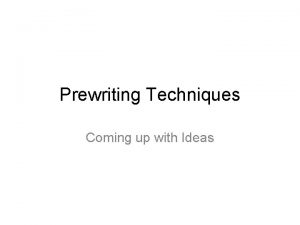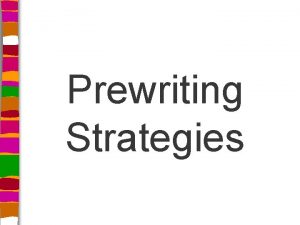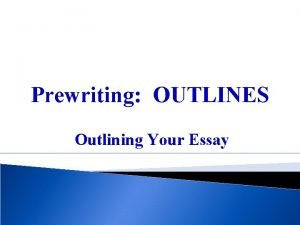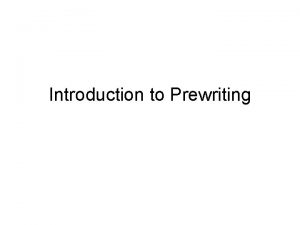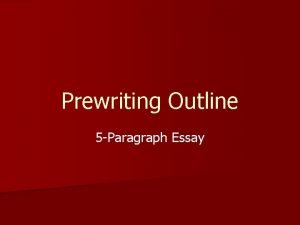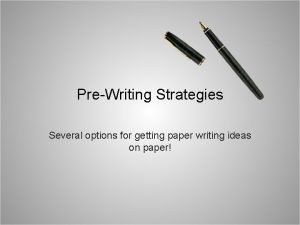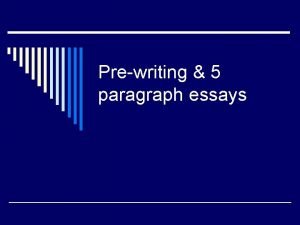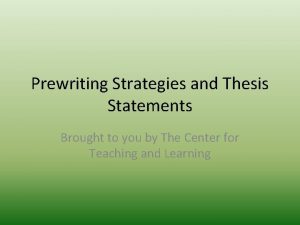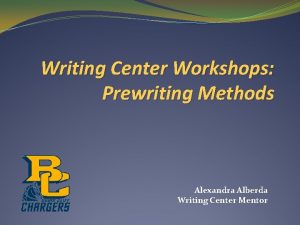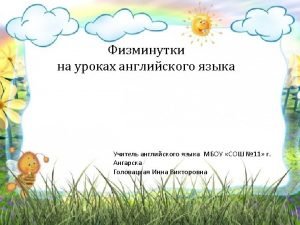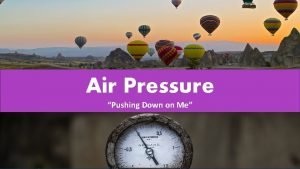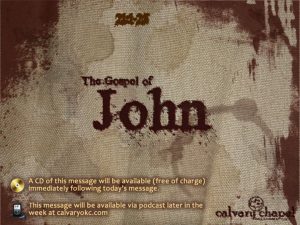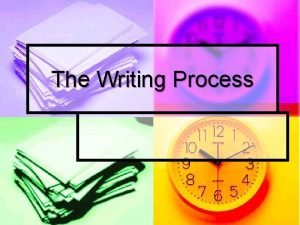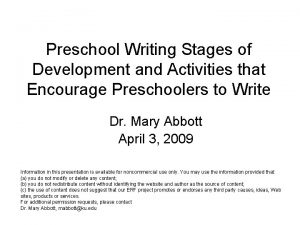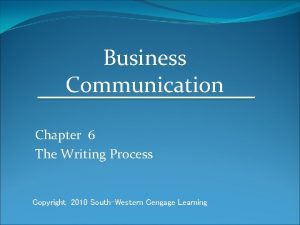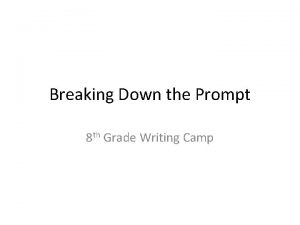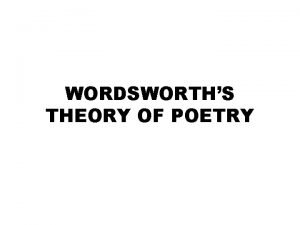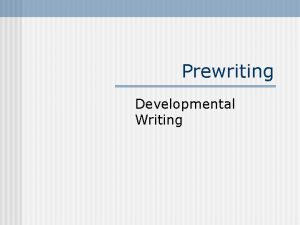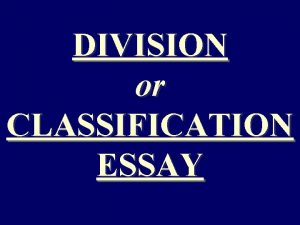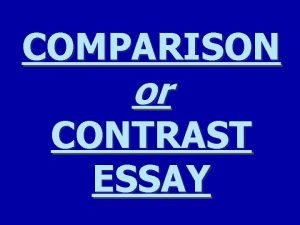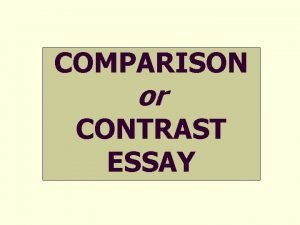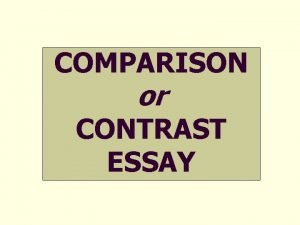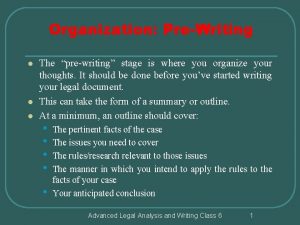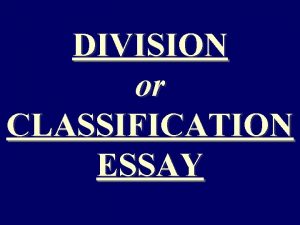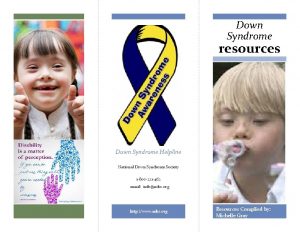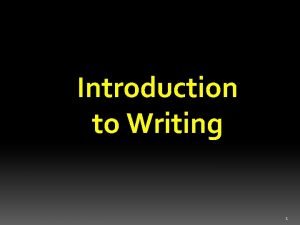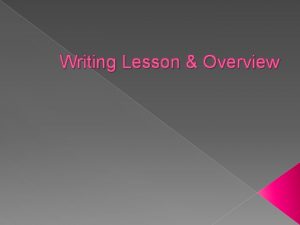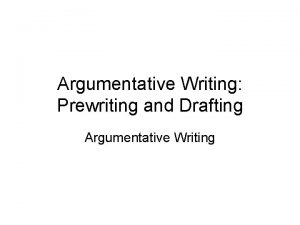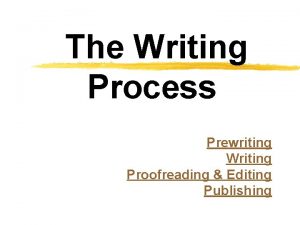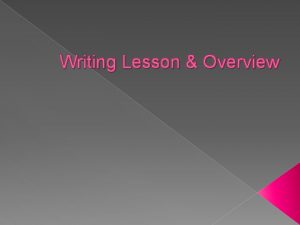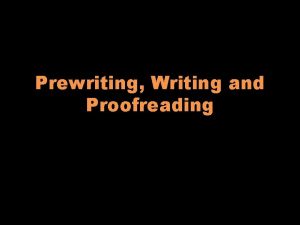Writing 4 Stages of Writing Prewriting Writing down

























- Slides: 25

Writing

4 Stages of Writing �Prewriting: Writing down ideas in whatever form that works to get your ideas down on paper �Drafting: Write in sentences the ideas you want to communicate—develop/expand link ideas together. This is a preliminary stage of exploration and discovery �Revision: Take a closer look at the organization, structure and logic of the draft and rethink, refine, develop, reshape and/or rewrite—meaning you should delete, expand and/or clarify your ideas �Editing/Proofreading: examine ideas, details, grammar and mechanics (like punctuation) for accuracy and clarity

Things to Note for a Well-Written Piece �Grammar and Mechanics �Style �Focus and Organization �Content

1. Grammar and Mechanics �The few errors that are present do not undermine the overall effectiveness of the writing

Common Grammar Errors � Subject-verb agreement � Fragment � Comma splice/fused sentences � Commas � Run-ons � Modifiers � Pronoun reference/agreement � Parallel structure � Idioms/jargons

Basic Grammar Text Ruvinsky, Maxine. (2009). Practical Grammar. 2 nd ed. Toronto: OUP Note: you can use any grammar book. You don’t have to buy one…

2. Style �Diction is tailored to the audience and purpose �There is an effective and consistent use of a range of sentence types, including subordinators and modifiers �Writing is concise and readable

Things to Note �Voice �make sure the tone of the writing is in accordance with its content �Do not use out-of-place colloquialism/idioms �we use this type of expression for informal talk/writing, but we should avoid them in formal writing (e. g. , “I was an awfully good runner when I was young” should be “I was a good runner when I was young”; “You can’t have your cake and eat it too!” should be…)

Formal Writing �Do not write the way we speak (unstructured). When we talk, our thoughts are spoken without any systemized order. Writing is the opposite. It has to be focused, organized and structured �Also it differs from Informal standard (for memos, speeches, letters, newspapers, newsletters, emails…), and Professional English (for emails, presentations, manuals, professional reports,

3. Focus and Organization �Responds to the topic in a thoughtful/ meaningful way �Main idea (thesis) is focused and clear, and the points are well organized �Paragraphs are fully developed

4. Content �The evidence is consistently, critically, accurately and thoughtfully interpreted analyzed

A Checklist • Are there a topic sentence and a • • • concluding sentence for each paragraph Are supporting details/examples logical and clear? Are transition words used? Do I have varied sentence lengths? Is there a bias in language? Is there any idiom or jargon used? Am I using the right voice?

6 Different types of Writing

1. Narrative as a major writing strategy �Tells a story/event that has occurred or recounts action for a purpose in the first (“I”) person or third person �Answers the six basic questions: who, where, when, what, why and how �The purpose can be “to reflect, inform, explain or to persuade” (

2. Descriptive �Uses sensory details to leave an impression about the central idea �Use specific nouns and strong verbs �Organize details in a spatial and/or chronological order �Can be used to provide solid supporting details for thesis

3 a. Process �A step-by-step, chronological and/or logical explanation of how something happens or is done in a specific order �Ask yourself if the steps are presented in appropriate order and developed in enough detail

3 b. Illustration (examples) �Selecting the right kind of examples is the key �Make sure relevant examples are used to support thesis �The number of examples needed will depend on the topic and thesis

4. Compare and Contrast �Comparison/Contrast is used for assessment purposes to show why someone or something is superior to another to persuade, inform, and/or present a new perspective

Compare and Contrast �If similarities are predominant, use them to focus on the differences, and vice versa �Don’t compare/contrast the too obvious, avoid common expressions, and don’t draw hasty generalizations �There are two ways to compare/contrast

Point-by-Point �Main Point 1: A and B �Main Point 2: A and B �Main Point 3: A and B Blocking �A: Points 1, 2 and 3 �B: Points 1, 2 and 3 �Note: Points for A and B have the same topic

5. Cause and Effect �Explains WHY �One cause can produce many effects �One effect can be the result of many causes �Look for all the possible explanations, like pre-existing conditions and all the possibilities

Cause and Effect �Don’t confuse and/or mix up causes and effects �Just because something happened in a certain order does not mean chronology is the causation �Don’t make hasty generalizations or illogical inferences

6. Argument/Persuasion �Rationally/logically structured evidence is presented �Appeals to logic (facts), ethics (a set of moral values) and/or emotion (feelings) �Has four basic parts 1. Thesis 2. Objection 3. Proof/evidence 4. conclusion

Argument/Persuasion �Logical appeal (facts, authorities, statistics and personal experience) should dominate, but a right dose of ethical appeal sprinkled with emotional appeal can be highly effective �Know the common fallacies and avoid them �NEVER contradict yourself

Sources Dietsch, Betty Mattix, Sauer, Laura, & Levering, Andrea. (2006). Reasoning and Writing Well: A Rhetoric Research Guide, Reader and Handbook. (Canadian ed. )Toronto: Mc. Graw-Hill Ryerson Reinking, J. A. , von der Osten, R. , Cairns, S. A. , & Fleming, R. (2010). Strategies for Successful Writing. (4 th Canadian
 Prewriting techniques definition
Prewriting techniques definition What does pre-write mean
What does pre-write mean Prewriting outline
Prewriting outline What is prewriting
What is prewriting What does prewriting mean
What does prewriting mean Prewriting outline
Prewriting outline Cubing definition writing
Cubing definition writing Prewriting paragraph
Prewriting paragraph Kahulugan ng pagsulat ng burador
Kahulugan ng pagsulat ng burador Marko the pencil.com
Marko the pencil.com Whats prewriting
Whats prewriting Prewriting techniques
Prewriting techniques Our father all of heaven
Our father all of heaven Hands up hands down hands on hips sit down
Hands up hands down hands on hips sit down There's a place where streams of grace
There's a place where streams of grace Pushing down on me
Pushing down on me I fled him down the nights and down the days
I fled him down the nights and down the days 5 stages of the writing process
5 stages of the writing process Three phases of writing process
Three phases of writing process Rea612
Rea612 Phases of writing development
Phases of writing development Five main stages of writing business messages
Five main stages of writing business messages What is bottom-up and top-down approach in reading
What is bottom-up and top-down approach in reading How to break down a prompt
How to break down a prompt Four stages of poetry by wordsworth
Four stages of poetry by wordsworth Wolverine
Wolverine
